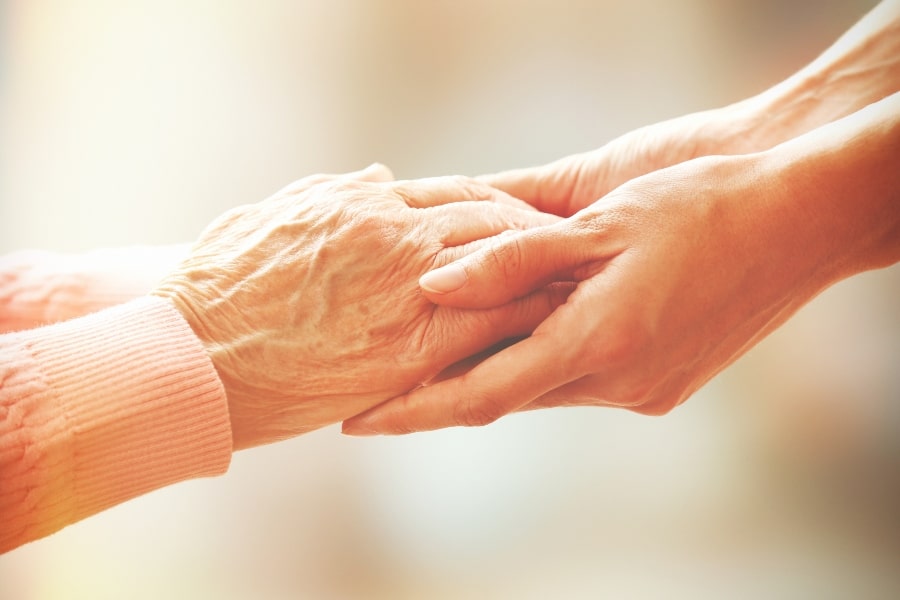News & Announcements


Navigating Grief Through the Dual Process Model
The grieving process is something we all go through at some point. From relationships and jobs to loved ones and pets, everyone experiences loss. However, not everyone experiences it in the same way. Grief is never easy and often looks and feels different for everyone. But there are common responses that may help make sense of the emotion along your journey. Let’s look at the Dual Process Model, one of the latest methods of understanding and navigating grief.
Defining Grief
In its simplest terms, grief is a reaction to loss, although grief itself is hardly simple. And while this reaction is different for everyone, it’s often accompanied by a host of emotions that can include confusion, anguish, and sorrow. Grief may also involve feelings of guilt or hopelessness.
Every emotion is real and relevant—because the pain associated with grief is very real. And because that pain can affect emotional and mental wellness, it’s important to acknowledge those feelings to process and work through them toward healing.
The Dual Process Model
Researchers and psychiatrists have developed several models that define and detail different ways of coping with grief. The Dual Process Model is one of the more current methods, developed in the late 1990s by Dr. Margaret Stroebe and Dr. Henk Schut. Stroebe and Schut recognized healthy grieving as wavering between two distinct phases, both of which are important for understanding and processing grief: loss-oriented coping and restoration-oriented coping.
The loss-oriented phase centers around identifying, processing, grieving, and accepting the loss itself. This often involves looking back and reminiscing over memories of a loved one who has passed. The thoughts and feelings associated with the pain of losing someone bring that grief to the forefront, often stirring up a gamut of emotions including anxiety, sadness, and hopelessness. Though challenging, experiencing the loss-oriented phase is an important step toward finding meaning and transforming emotions in a healthy, helpful, and healing manner.
During restoration-oriented coping, a person will focus on distractions unrelated to their grief in an effort to adjust after a loss. They may focus on new responsibilities or satisfying activities to help guide the ship along a new path, one that continues onward toward rebuilding and healing. The restoration process allows the individual to release some of the emotional attachment with grief and develop new ways of connecting with memories of a lost loved one.
Throughout the grieving process, it’s typical and expected that an individual will alternate between these two phases at their own rate and frequency. Doing so is essential for healthy coping after any loss. The important thing is to acknowledge the emotions and know that there is no right or wrong way to feel when processing grief.
Working Toward Healing
At Triniti Home Health and Hospice, we are familiar with the grieving process and its importance when working toward healing. Our compassionate team understands that each challenge is different, and every journey is unique. If you have questions about navigating grief, the Dual Process Model, or healthy healing, we are here to help. Our team offers physical, emotional, and spiritual support along the way to all our patients as well as their loved ones. To learn more about our commitment to providing comforting, end-of-life care, contact us today.



